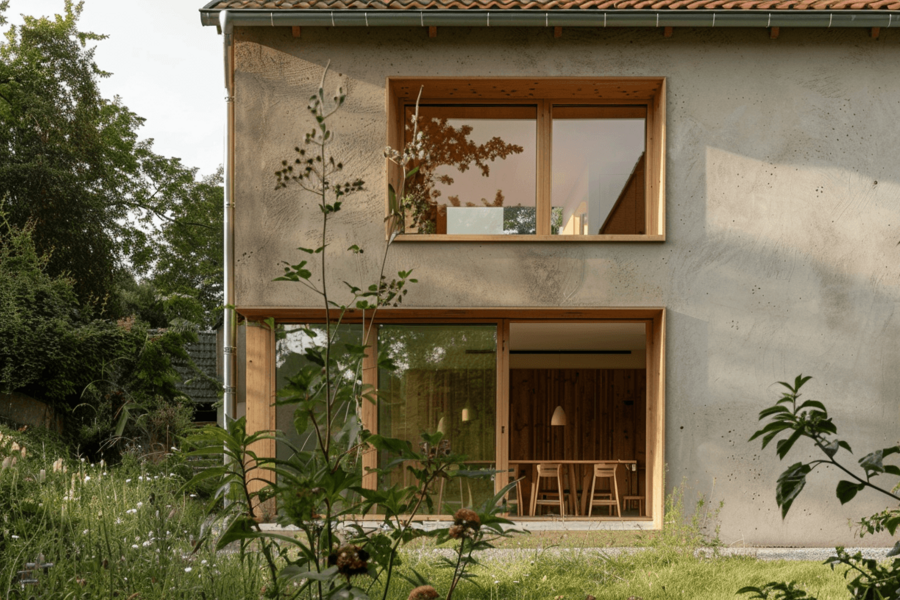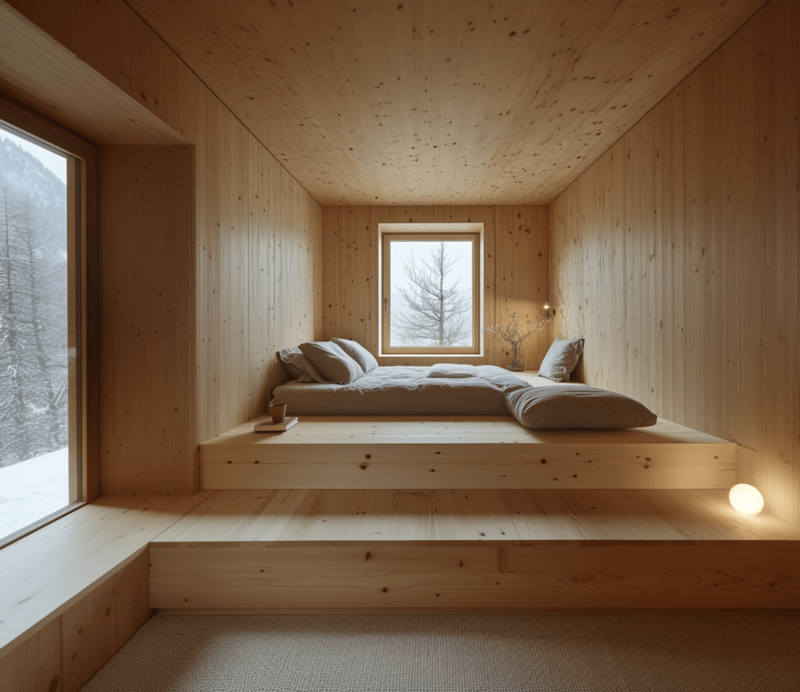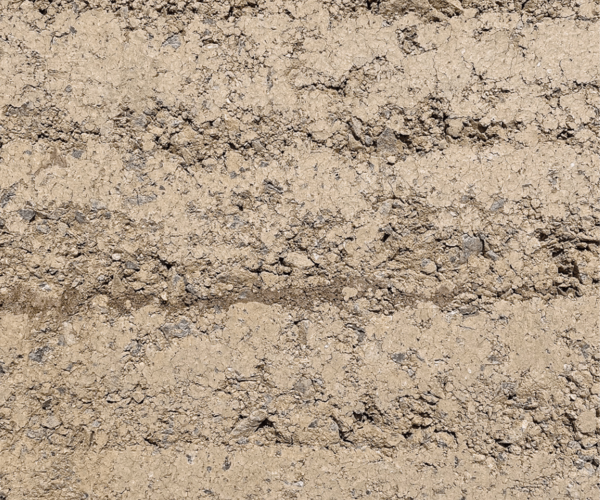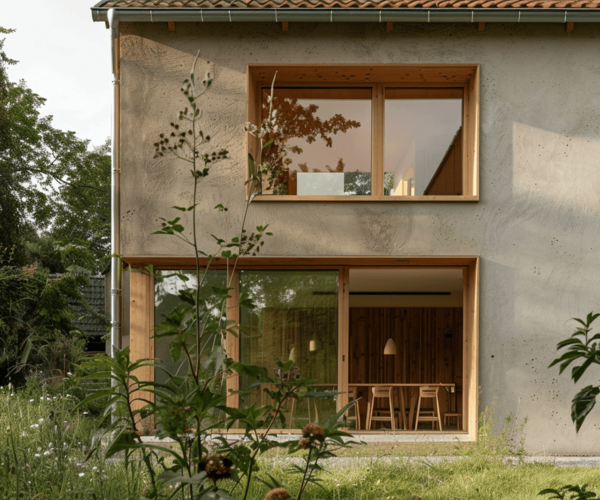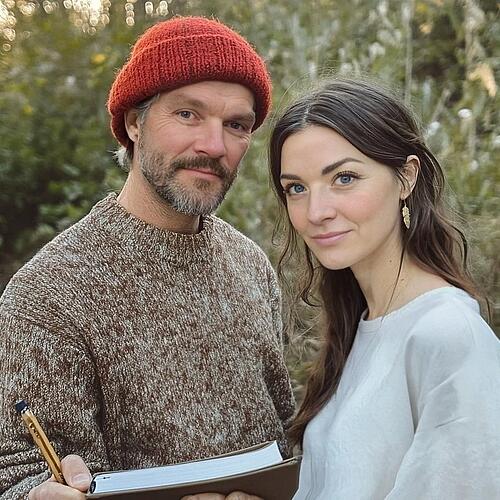Creating spaces that are not only built, but also felt. It connects visible structures with invisible energies and understands architecture as a living organism.
Unlike Feng Shui, which has its roots in Chinese culture, our work consciously draws upon the knowledge of our own ancestors. In Europe, understanding geomantic lines, the power of springs, water veins, trees, and stones was commonplace for centuries. Churches, sacred sites, and entire settlements were built in harmony with the natural energies of the earth. This knowledge has not been lost, but rather lies dormant, like a forgotten layer beneath modern architecture.
Today, however, we see that many homes do not strengthen us, but rather weaken us. We pay attention to organic food, fitness, and mental health, yet we spend most of our time in spaces that can make us ill. This is precisely where holistic architecture comes in: it breaks with the prevailing narratives of the construction industry and retrieves knowledge that empowers us and transforms our homes into places of well-being.
Holistic architecture is therefore not a nostalgic throwback, but a contemporary approach to rethinking building—in harmony with ourselves, the place, and nature.


